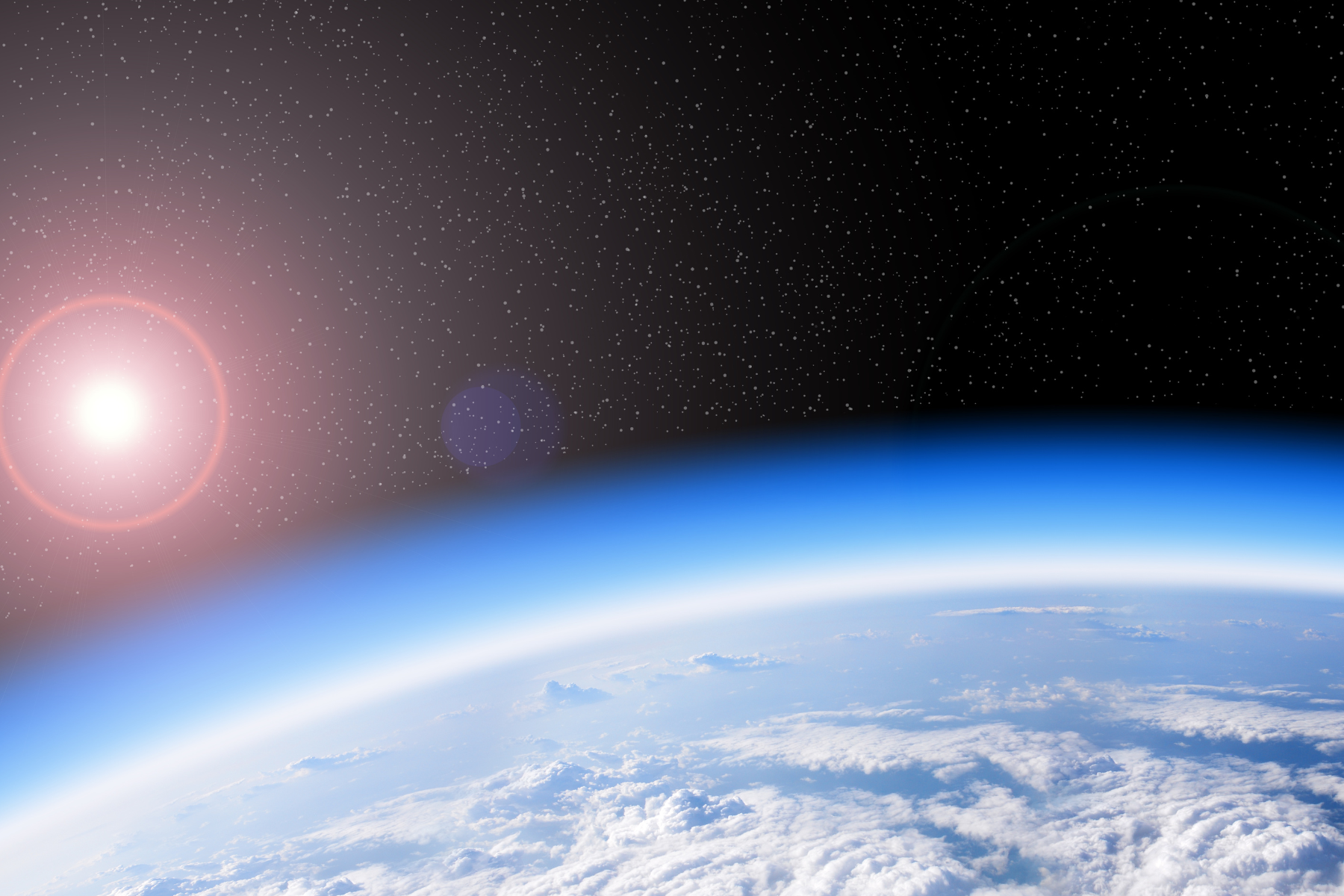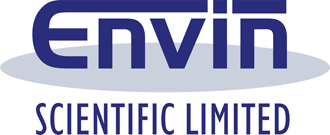
Why does no-one talk about the ozone layer anymore?
The hole in the ozone layer was one of the headline-grabbing climate emergencies of the late 20th century, first detected in 1979 and continuing until present day.
In 1994, the lowest average ozone level of 92.3 Dobson units was reported, and the UN declared September 16th the International Day for the Preservation of the Ozone Layer thereafter.
September 16th was already a significant date in terms of ozone layer preservation, as it was also the date in 1987 when the Montreal Protocol on Substances that Deplete the Ozone Layer was signed.
What is the ozone layer?
The ozone layer is a thin part of the stratosphere some 15-30km above Earth. It is sometimes called the ozone shield, because it absorbs harmful ultraviolet light from the Sun.
Each spring in the southern hemisphere (autumn in the northern hemisphere), gases like chlorine and bromine in the atmosphere react with the ozone layer, reducing total ozone levels and creating a hole over the Antarctic.
In 2006, this hole reached its largest size on record: 26.6 million square kilometres. It’s size can vary a lot, and in the three years since 2019 it has measured 9.3 million, 23.5 million and 23.3 million square kilometres.
What is a Dobson unit?
Atmospheric ozone is often measured in Dobson units, or DU. This is defined as 0.001 atmosphere-centimetres of ozone, i.e. a 0.001cm thick column of ozone at zero Celsius and standard atmospheric pressure.
Earth’s ‘normal’ ozone layer is about 300 DU thick. The ‘hole’ is defined as the area within which the ozone layer measures less than 220 DU thick, which was never detected until 1979.
What is the Montreal Protocol?
The 1987 Montreal Protocol on Substances that Deplete the Ozone Layer is a global agreement to phase out the use of ozone depleting chemicals.
One of the first and most familiar impacts of this was the phasing out of chlorofluorocarbons (CFCs) by McDonald’s, which eventually led to their polystyrene clamshell packaging being made of cardboard instead.
In 2016, the Kigali Amendment was added to the Montreal Protocol, calling for the phasing out of HFCs, or hydrofluorocarbons. Although these are not known to deplete the ozone layer, they are powerful greenhouse gases.
The ozone hole today
The most recent data, for 2021, puts the ozone hole area at 23.3 million square kilometres and the average minimum ozone from September 21st to October 16th at 103.3 DU.
However, these are whole-season averages. On October 7th 2021, the ozone hole peaked at 24.8 million square kilometres, with a minimum of 92 DU – lower than the 1994 average – detected on October 7th-8th, and the lowest measurement since 2006.
Ultimately though, the global action on ozone depletion is taking us in the right direction. With continued efforts, it’s thought the ‘hole’ in the ozone layer – that is, the area at less than 220 DU – could be fully closed by about 2060.
So ozone is good?
Not entirely. Up in the stratosphere, ozone plays an important role in protecting against harmful UV exposure, and the Montreal Protocol has already prevented millions of potential deaths from skin cancer.
But direct exposure to ozone is toxic for humans, other animals and plant life at ground level – so it’s important to stay vigilant for ozone forming due to chemical reactions, especially in enclosed spaces.
Envin Scientific’s ozone detectors provide an early warning system so you can evacuate or ventilate areas where harmful ozone accumulates, with a choice of fixed mains-powered monitors and handy portable detectors.
That way, you can make sure you know if ozone is present in your premises, while the ‘good’ ozone stays up in the stratosphere where it belongs.

